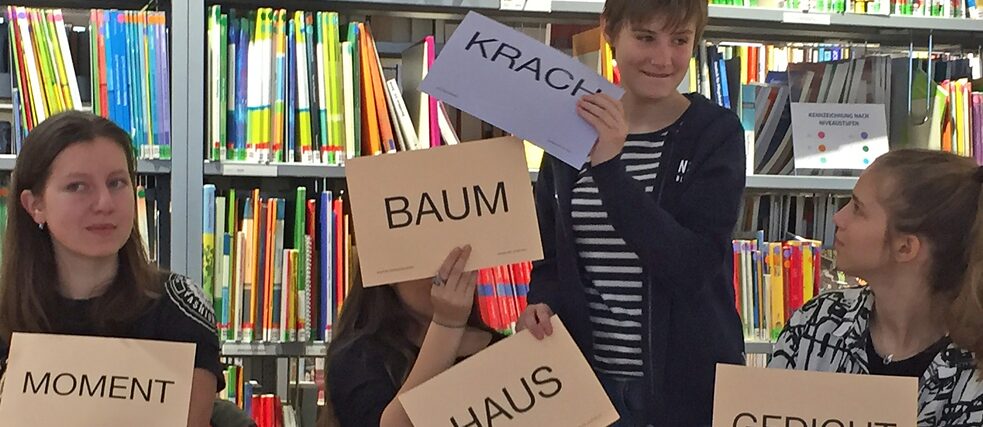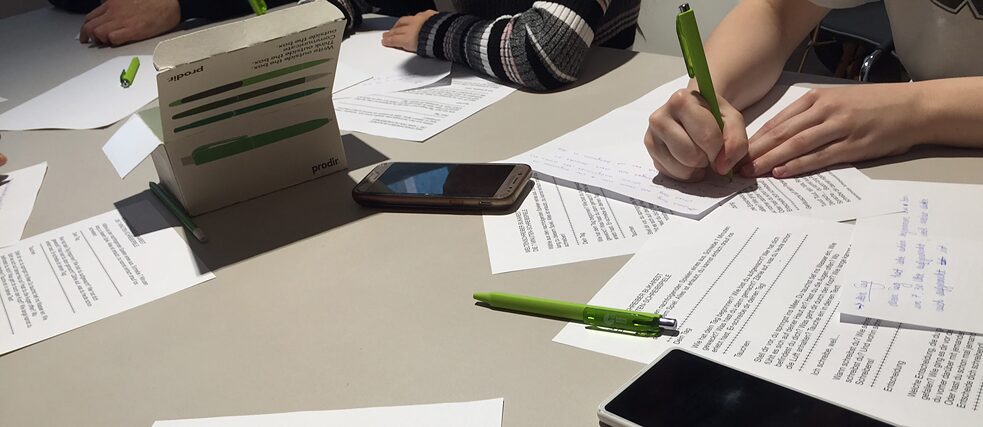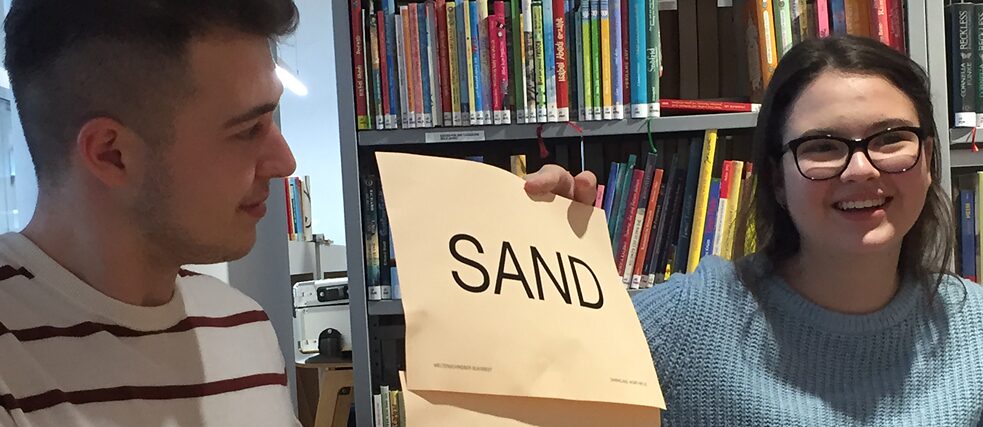“Weltenschreiber – Writers of Worlds”
Writing without a Helmet

For the project “Weltenschreiber – Writers of Worlds”, seven authors from Germany directed writing workshops for young people in Central and Eastern European cities. Workshop director Thomas Richhardt reports on his experiences with a creative writing workshop with 15 young people at the Goethe-Institut Bucharest.
By Thomas Richhardt
“I write because I can now fly. And that is a great experience.” The young author writing these lines in German is still hesitant in the foreign language. When I speak to him, he smiles at me, but I usually have to make several attempts before he understands my writing assignments. Andrej has been taking German for two years and is now a participant in a creative writing workshop for young people that I conducted at the Goethe-Institut Bucharest in mid-November. As a writer and dramaturge, I have been developing creative writing workshops for over twenty years and know my way around them. But Andrej’s uncertainty in the foreign language also takes me into new territory. Although I’ve had the fortune of holding writing workshops for non-native speakers in different countries before, sharing with the other instructors heightens my awareness of the process this time.
In recent weeks, six other authors have been teaching writing workshops in Central and Eastern European cities as part of the project “Weltenschreiber – Writers of Worlds” by the Bildungskooperation Deutsch. The “Weltenschreiber” project was launched in July 2019 at the Literaturhaus Stuttgart when the authors Sandra Hoffmann, Dagmara Kraus, Pierre Jarawan, Nicol Ljubic, Matthias Nawrat, Tilman Rau and myself, together with our tandem partners – seven project teachers from other countries – discussed our work and plans for the workshops. What does it mean to be creative in a foreign language? How can mistakes be helpful in literary production? And what steps have to be taken to get into the game of writing in a foreign language? These questions now also arise in our actual work in Bucharest.
 Participants in action in the seven-minute writing games | Photo: Sabine Erlenwein
Participants in action in the seven-minute writing games | Photo: Sabine Erlenwein
The pressure of perfection
Perhaps the best way to describe what happened during my three workshop days is to compare the arrival of the 15 participants, ages 13 to 17, on Friday afternoon to their departure on Sunday. Their mood when we started out was tense, the young people were quite obviously feeling under pressure – their own expectations and those of others were high. During the first few minutes of the workshop one girl is often close to tears. Since using a foreign language initially triggers inhibitions, I don’t require that the teens speak German, instead allowing them to use their creativity in a pantomime game.
The girl who had struggled with shyness then turns out to be the most courageous pantomime. Relaxed, we can begin more intense language work. I repeatedly employ exercises aimed at releasing language from its pure functionality. I tell the young people that they can’t do anything “wrong,” but to take the example of actors in a theatre improvising lines. The young Romanians gradually are able to shrug off the high pressure of perfection they arrived under so that by Sunday afternoon they’re reluctant to leave the library. But before that, sixteen-year-old Andrej offers me the headline for my article as he continues his writing assignment: “While writing, I can fly anywhere I want! I can be SUPERMAN! I can come down from the clouds and help the people on the ground... Now I’m wondering whether I ought to wear a helmet while writing.”
 The 16-year-old Andrei-Cosmin Anghelita tells the story of the “Sand Journey” together with another participant | Photo: Sabine Erlenwein
The 16-year-old Andrei-Cosmin Anghelita tells the story of the “Sand Journey” together with another participant | Photo: Sabine Erlenwein